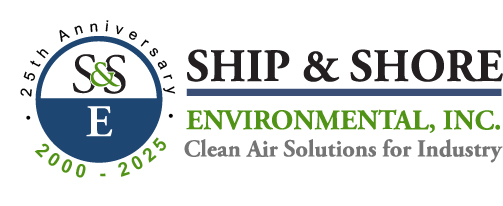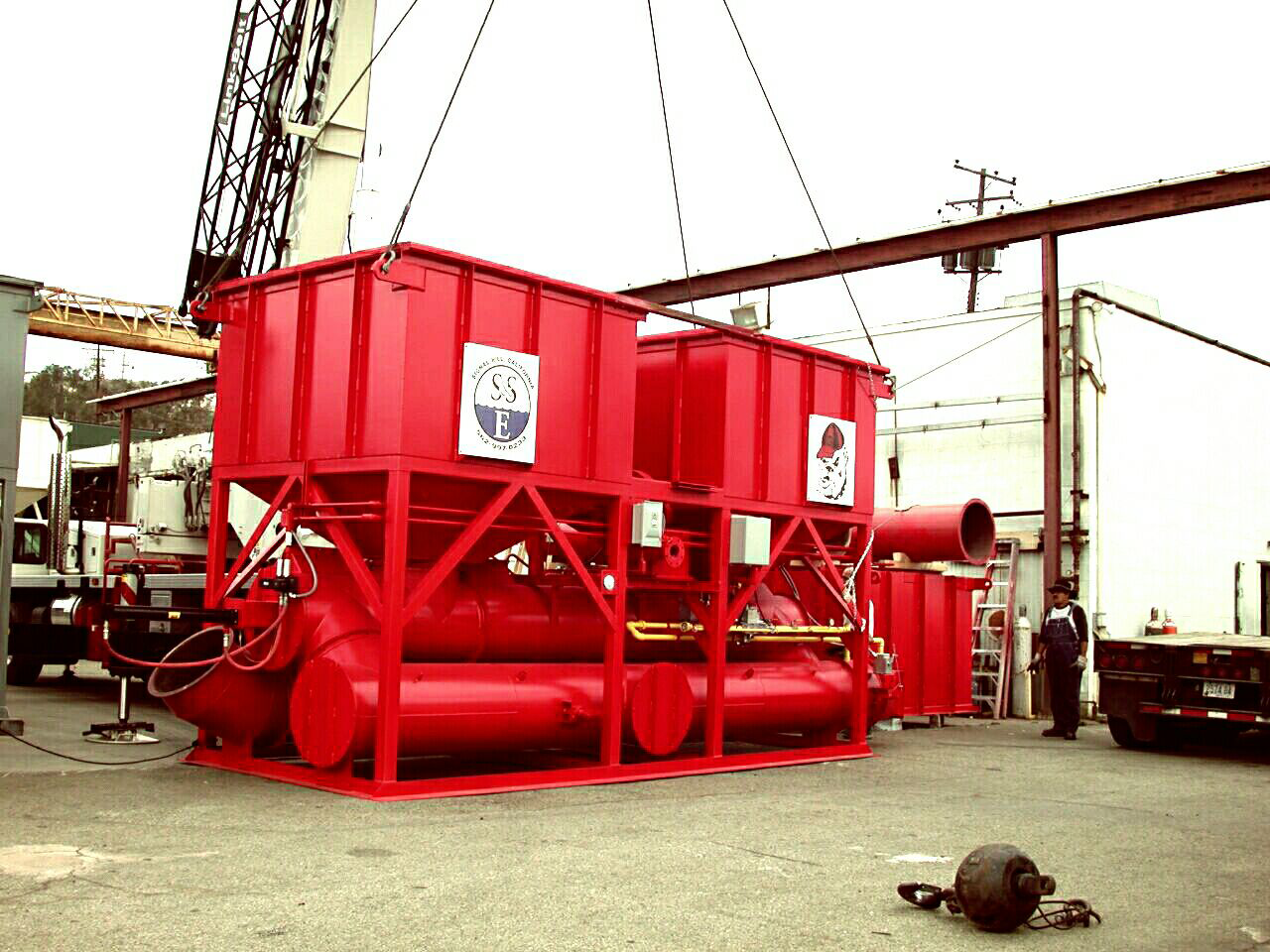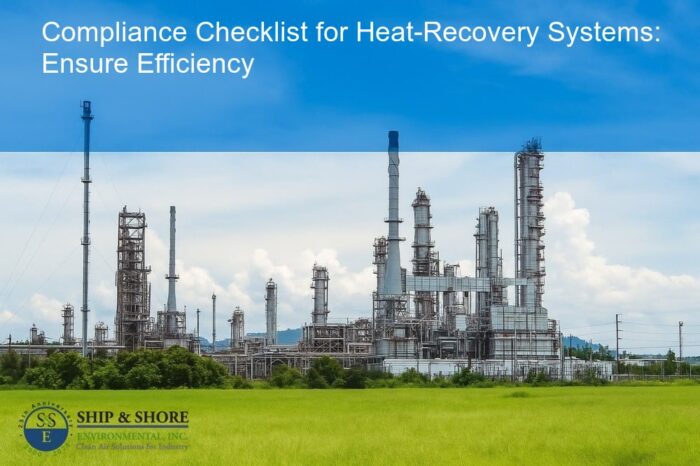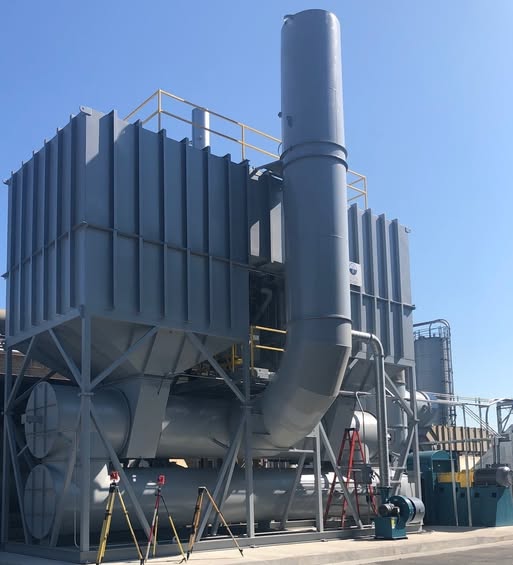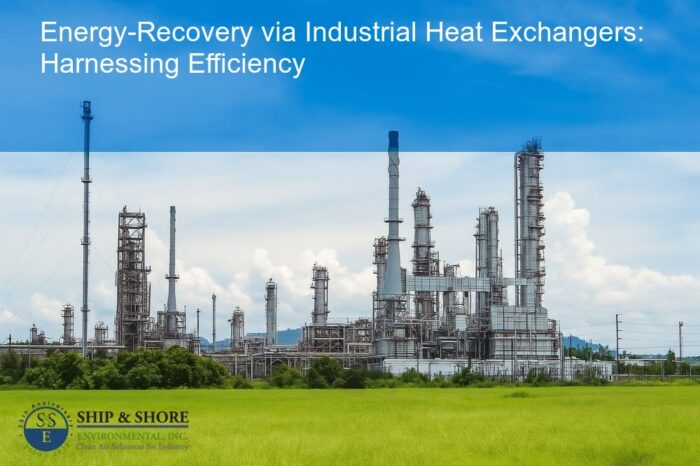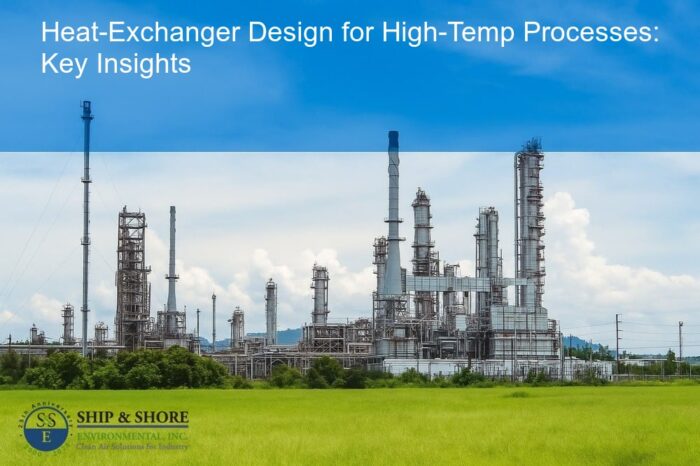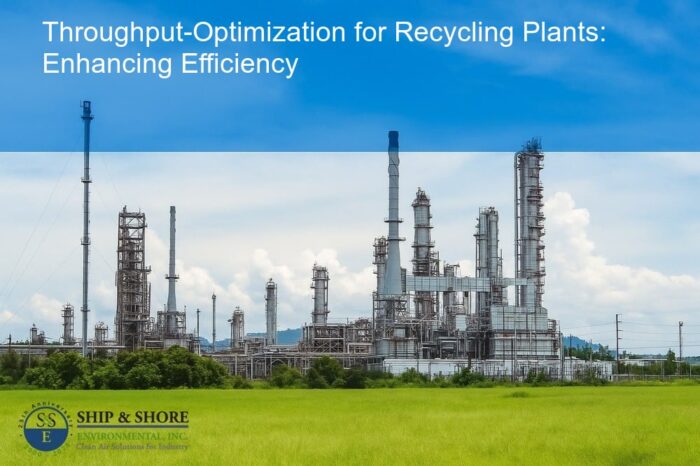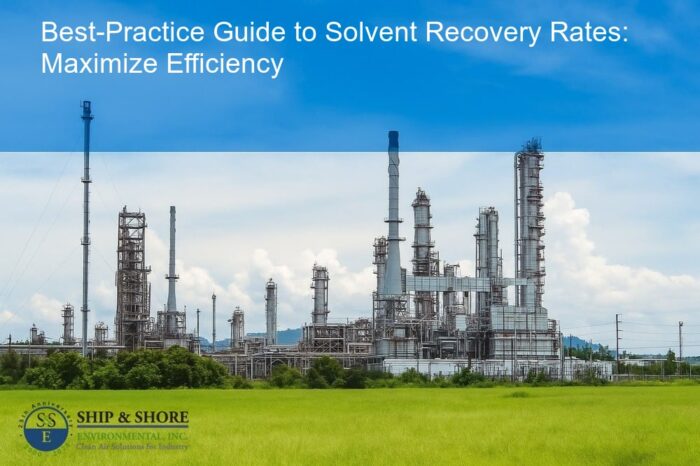Blog
January 9, 2026
Understanding the Importance of Compliance for Heat-Recovery Systems As a leading provider of environmental solutions, we at Ship & Shore Environmental, Inc. recognize the critical role a compliance checklist for heat-recovery systems plays in ensuring efficiency and regulatory adherence. Heat-recovery systems are transformative in leveraging waste heat to improve energy efficiency, but their potential can… View Article
January 7, 2026
A high-throughput cabinet and furniture manufacturing facility operating multiple finishing lines required an advanced air pollution control solution to manage volatile organic compound (VOC) emissions generated during painting, staining, and clear-coat operations.
January 7, 2026
Understanding Energy-Recovery: An Overview In today’s rapidly evolving industrial landscape, sustainability and efficiency are at the forefront of innovations. One key technology that exemplifies this trend is energy-recovery via industrial heat exchangers. This powerful method significantly contributes to reducing waste and optimizing energy use within industrial operations. By capturing and reusing heat that would otherwise… View Article
January 5, 2026
Understanding the Corrosion Challenge in Gas Exchangers Material selection for corrosive-gas exchangers is a crucial determinant in the efficiency and longevity of these systems. Gas exchangers that handle corrosive gases face unique challenges due to the aggressive nature of the substances they manage. Corrosion can lead to severe damage, system failure, and costly downtime, making… View Article
January 2, 2026
Overview of Heat-Recovery Exchangers and Their Importance in Industry Preventing fouling in heat-recovery exchangers is an essential aspect of maintaining efficient industrial operations. Heat-recovery exchangers are critical components in various industrial systems, such as power plants, chemical processing, and oil refineries. These exchangers are responsible for capturing heat from exhaust gases and repurposing it to… View Article
December 31, 2025
Understanding the Heat-Exchanger and Its Importance in Industrial Processes As the backbone of many industrial operations, heat-exchanger design for high-temp processes plays a pivotal role in optimizing efficiency and ensuring safety. A heat exchanger is essentially a device engineered to transfer heat between two or more fluids. Whether these fluids are gases, liquids, or a… View Article
December 29, 2025
Understanding Throughput-Optimization: A Quick Overview Throughput-optimization for recycling plants is increasingly becoming a focal point for organizations aiming to enhance operational efficiency and sustainability. Essentially, throughput-optimization involves maximizing the rate at which materials are processed within a given timeframe. This entails fine-tuning various aspects of the recycling operation, from machinery and labor allocation to logistics… View Article
December 26, 2025
The Necessity of Solvent Recovery In today’s rapidly advancing industrial landscape, efficient solvent recovery remains a critical component of sustainable operations. Ensuring maximum solvent recovery not only significantly reduces operational costs but also minimizes environmental impact. By adhering to the guidelines outlined in our “Best-practice guide to solvent recovery rates,” organizations can optimize their processes,… View Article
Recent Posts
- Essential Compliance Checklist for Heat-Recovery Systems
- CASE STUDY – Engineered VOC Abatement Solution for a Cabinet & Furniture Manufacturing Facility
- Energy-Recovery via Industrial Heat Exchangers: The Future Path
- Material Selection for Corrosive-Gas Exchangers: A Critical Guide
- AM Monday – Skyward Assurance – Emissions Stack & Compliance Mastery
- Preventing Fouling in Heat-Recovery Exchangers: Best Practices and Trends
- Pioneering Heat-Exchanger Design for High-Temp Processes
- Throughput-Optimization for Recycling Plants: Enhancing Efficiency
- Maximizing Efficiency with Best-Practice Guide to Solvent Recovery Rates
- Streamlining Compliance Steps for Solvent Recycling Units
